Sara Atito Ali Ahmed
COVID-19 Detection in Computed Tomography Images with 2D and 3D Approaches
May 20, 2021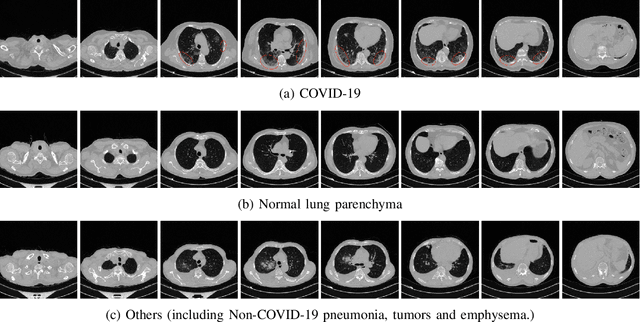
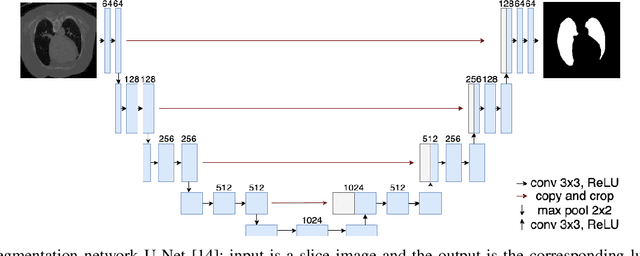
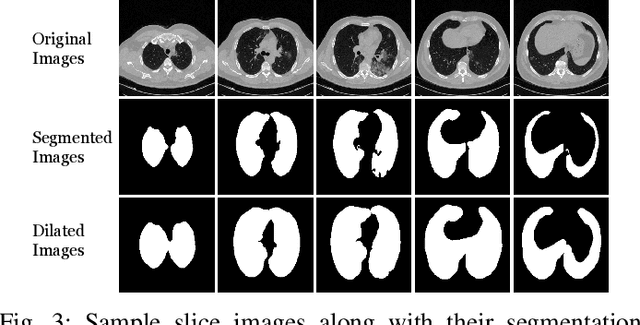
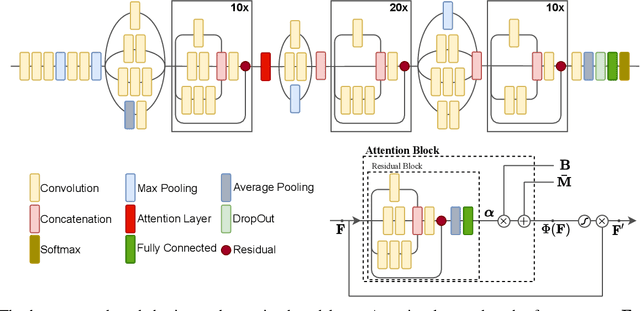
Abstract:Detecting COVID-19 in computed tomography (CT) or radiography images has been proposed as a supplement to the definitive RT-PCR test. We present a deep learning ensemble for detecting COVID-19 infection, combining slice-based (2D) and volume-based (3D) approaches. The 2D system detects the infection on each CT slice independently, combining them to obtain the patient-level decision via different methods (averaging and long-short term memory networks). The 3D system takes the whole CT volume to arrive to the patient-level decision in one step. A new high resolution chest CT scan dataset, called the IST-C dataset, is also collected in this work. The proposed ensemble, called IST-CovNet, obtains 90.80% accuracy and 0.95 AUC score overall on the IST-C dataset in detecting COVID-19 among normal controls and other types of lung pathologies; and 93.69% accuracy and 0.99 AUC score on the publicly available MosMed dataset that consists of COVID-19 scans and normal controls only. The system is deployed at Istanbul University Cerrahpasa School of Medicine.
Relative Attribute Classification with Deep Rank SVM
Sep 09, 2020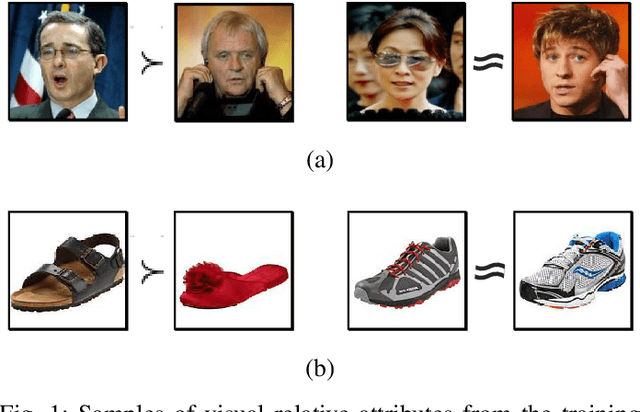

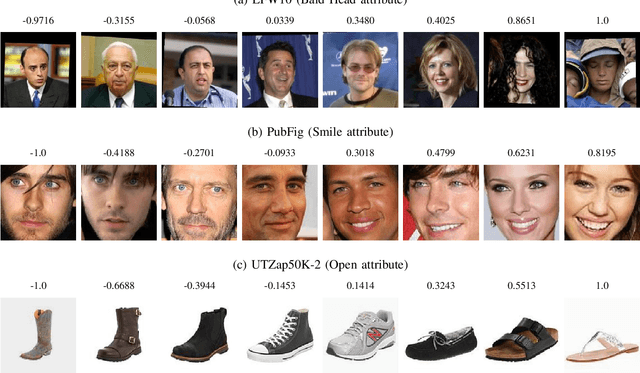
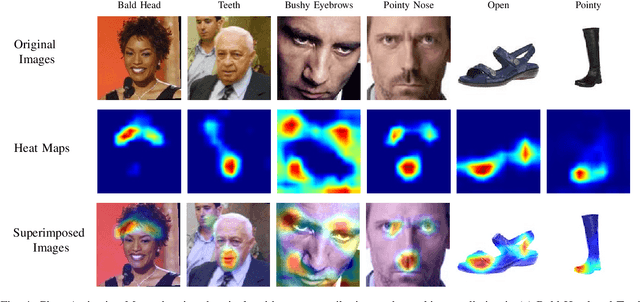
Abstract:Relative attributes indicate the strength of a particular attribute between image pairs. We introduce a deep Siamese network with rank SVM loss function, called Deep Rank SVM (DRSVM), in order to decide which one of a pair of images has a stronger presence of a specific attribute. The network is trained in an end-to-end fashion to jointly learn the visual features and the ranking function. We demonstrate the effectiveness of our approach against the state-of-the-art methods on four image benchmark datasets: LFW-10, PubFig, UTZap50K-lexi and UTZap50K-2 datasets. DRSVM surpasses state-of-art in terms of the average accuracy across attributes, on three of the four image benchmark datasets.
ECOC as a Method of Constructing Deep Convolutional Neural Network Ensembles
Sep 07, 2020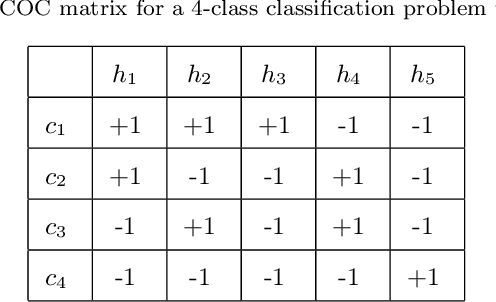
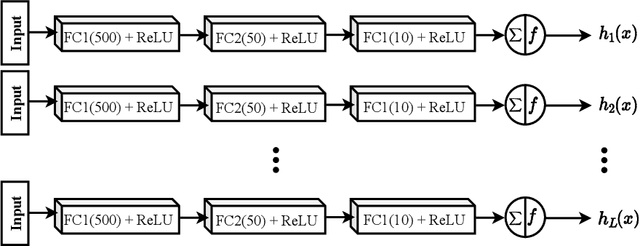
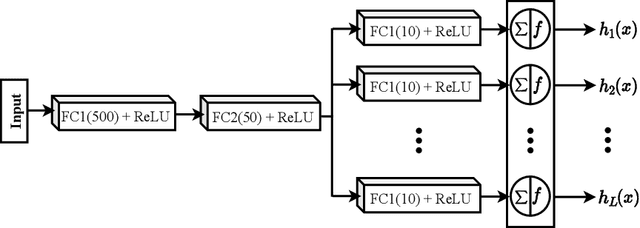
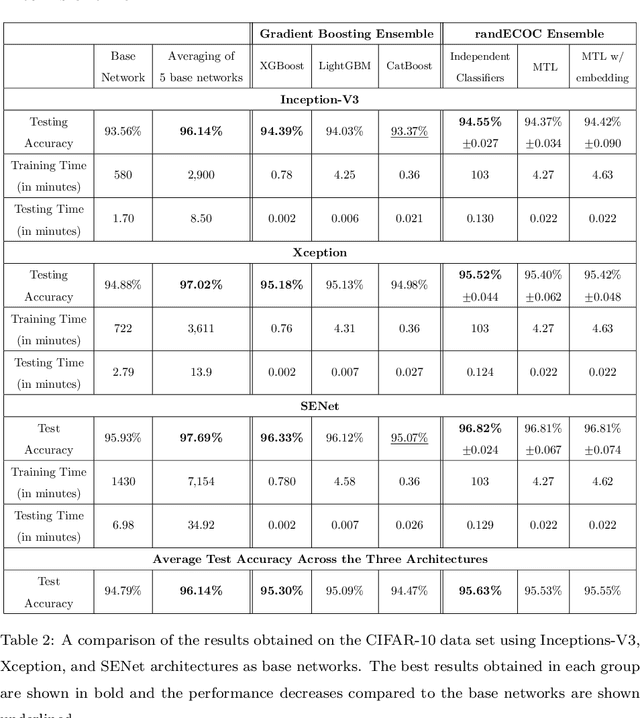
Abstract:Deep neural networks have enhanced the performance of decision making systems in many applications including image understanding, and further gains can be achieved by constructing ensembles. However, designing an ensemble of deep networks is often not very beneficial since the time needed to train the constituent networks is very high or the performance gain obtained is not very significant. In this paper, we analyse error correcting output coding (ECOC) framework to be used as an ensemble technique for deep networks and propose different design strategies to address the accuracy-complexity trade-off. We carry out an extensive comparative study between the introduced ECOC designs and the state-of-the-art ensemble techniques such as ensemble averaging and gradient boosting decision trees. Furthermore, we propose a combinatory technique which is shown to reveal the highest classification performance amongst all.
 Add to Chrome
Add to Chrome Add to Firefox
Add to Firefox Add to Edge
Add to Edge